Last Updated on February 18, 2024 by Grant
I am not one normally to write an article reviewing a camera. To be honest, I am pretty good photographer but I am no camera expert. That said, the Sony RX10 IV is a game changer for me.
I had been looking at replacing my bridge camera (a Canon SX40HS) for a while. I have had it since 2011 and while it is a good camera, it does not produce the sharpness I really want in my pictures.
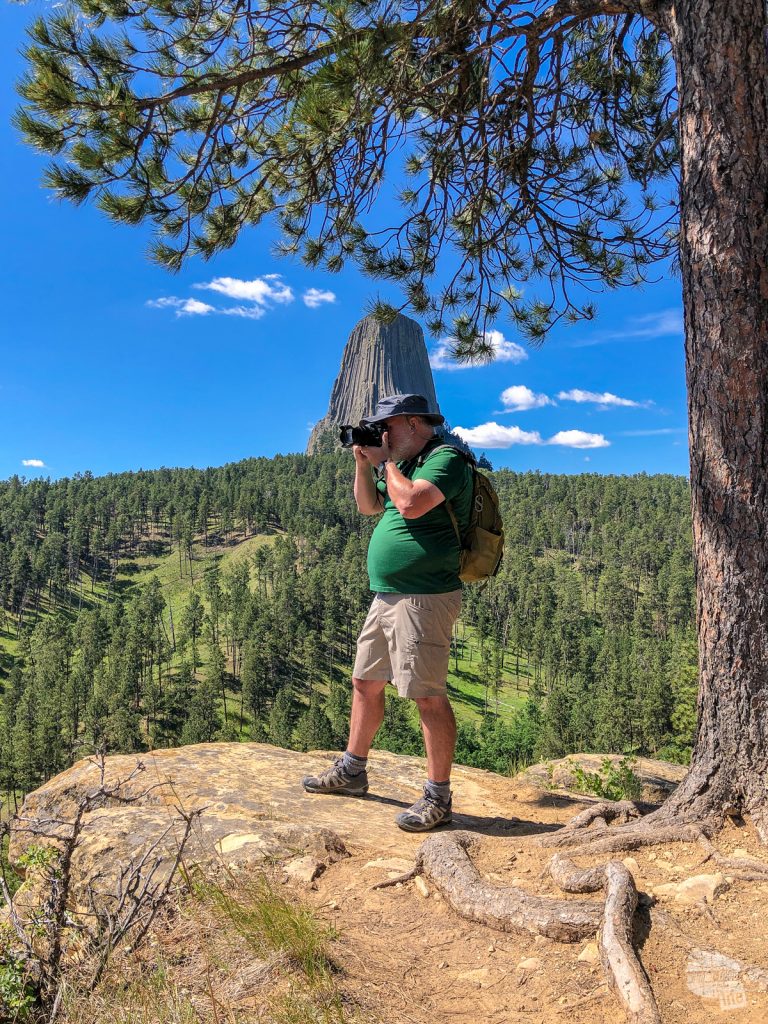
Along comes the Sony RX10 series. These cameras pack a lot of camera into a small package, producing one of the best travel and hiking cameras out there. Honestly, my DSLR, a Canon EOS 7D MkII, spent most of this summer in the camera bag while my RX10 was out with me every where I went.
(Disclaimer: When we link to places where you can buy our stuff or places we stayed, we are using special codes that earn us commissions on the sales at no additional cost to you. Please see our Review Policy for more information.)
Why the Sony RX10 for Travel and Hiking?
The Sony RX10 IV is the fourth iteration of this camera and packs a serious punch in a small package. It sports an impressive Zeiss zoom lens with a huge range (25X or 24-600mm) on a stout sensor and weighs less than 2.5 pounds!
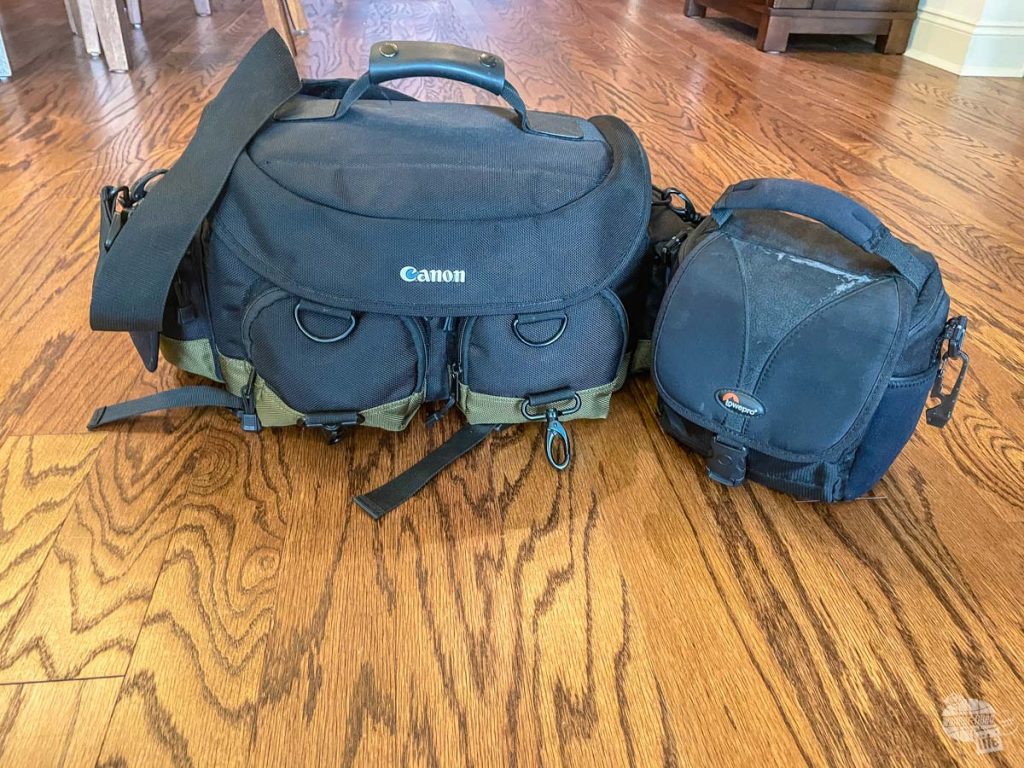
While the menu is complicated and not user-friendly, once you spend some time getting everything set up and customized, the controls are easy to use and well-placed. I especially like being able to quickly set things like exposure and aperture using manual control rings and dials as opposed to going through a menu. I also really appreciate being able to use the manual ring for zooming in and out. It allows for much finer control over the lens than the zoom switch.
When you are traveling, every ounce counts, especially if you are carrying everything on your back. Honestly, to get anything better in terms of images, you are going to need to carry a lot more gear to make it happen. With the RX10, it’s one camera in a small camera bag.
Read more about what Grant keeps in his camera bag here.
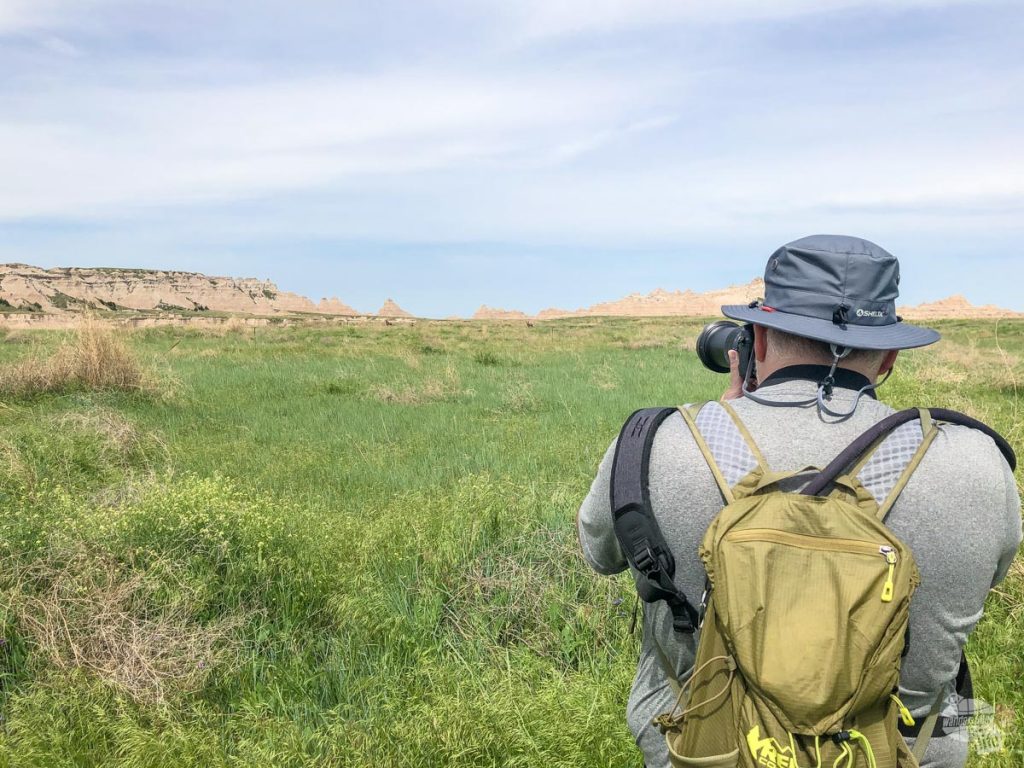
For hiking, size and weight are even more important but it also has to be durable and sealed against dust and moisture. By having only one attached lens, the camera eliminates the major area where dust gets into a camera while on the trail: changing lenses.
The camera is great as a landscape camera, which is what you need most of the time on the trail but has plenty of range to get you close to the wildlife you don’t want to get too close to in person.
Read more about hiking in Badlands National Park here.
- World’s Fastest AF acquisition speed of 0.03 sec. Optical image stabilization technology developed by Sony is valuable for handheld still and movie shooting, especially in low light or at the ultra-telephoto end of the zoom range up to 600 mm
- 315 phase-detection AF points covering Approx. 65% of the frame. Light etering mode- Multi pattern, centre weighted, spot (Standard/Large), entire screen average, highlight
- ZEISS Vario-Sonnar T 24-600mm3 F2.4-F4 ultra-zoom Lens
- 20.1 MP 1″ back Illuminated Exmor RS stacked CMOS sensor w/ DRAM. Dimensions (W x H x D) (CIPA) -5 1/4 x 3 3/4 x 5 3/4 inches, 5 1/4 x 3 3/4 x 5 1/8 inches (from front of lens to monitor). Weight-2 pounds 6.7 ounce (Battery and SDXC Card included) / Approx. 2 pounds 5.1 ounces) (Body Only)
- 24 Fps4 continuous shooting up to 249 frames with AF/AE tracking. Filter diameter:62 mm.
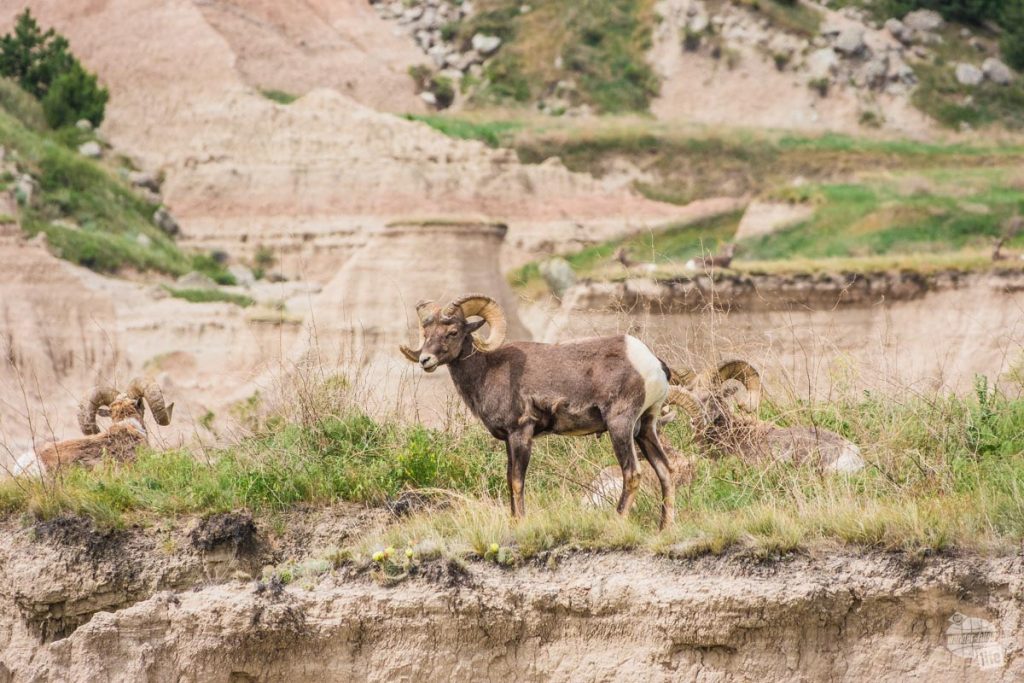
The Size and Weight of the RX10
Two of the most important elements of a travel camera are size and weight. Those make a huge difference in terms of what you can pack, how easy the camera is to mange while you travel and how much fatigue you get from carrying it around.
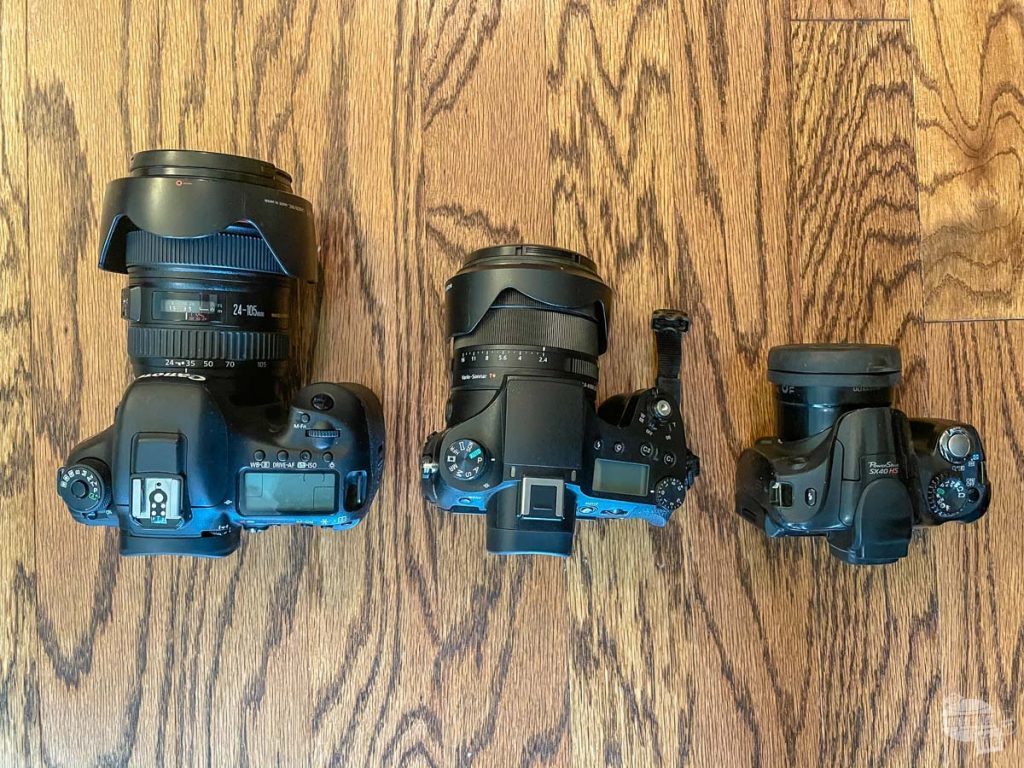
The RX 10 is 10mm wider than my SX40 but 16mm narrower than my 7D. It is almost 20 mm shorter than my 7D and only 19 mm thicker than my SX40. In short, it is right in the middle of the three cameras.
In terms of weight, the camera falls square in between the other two as well. The SX40 weighs 1.32 pounds, the RX10 weighs 2.41 pounds and the 7D (with a 24-105L lens) weighs 3.28 pounds. But honestly, this is not an apples-to-apples comparison. In order to get to approximately the same zoom range of the other two cameras, you would also need to carry the EF 100-400L lens, which weighs an additional 3.62 pounds!

As you can see, the RX10 is squarely in between the SX40 and 7D in terms of size and weight. That said, there are always tradeoffs when it comes to a camera and, in this case, the tradeoffs are lens quality and sensor size.
Comparing the Capabilities of the RX10’s Lens and Sensor
While the 7D is a noticeably heavier camera and the lenses add on a lot of weight, you do get a much larger sensor than either the RX10 and SX40. This makes for clearer, more detailed images. You also get the capability to switch out for different lenses if you need them. The tradeoff, obviously, is size and weight.
The RX10 and SX40 (and the more updated SX70) trade sensor size for a more compact and easy to carry camera. Additionally, they use a single lens that has a much larger zoom range than is practical for a DSLR.

The SX40 has a 35X optical zoom lens, the equivalent of a 24-840mm lens! That’s an amazing feat of engineering! The newer SX70 goes even further with a staggering 65X optical zoom lens (21-1365mm)! But its sensor is much smaller than the RX10, much less the 7D.
While I like the longer zoom range, I must say that hand-holding the SX40 when fully zoomed is tough to get a steady shot. If you use a monopod, it makes shooting fully zoomed out a lot easier. I would still recommend the SX70 to folks looking for a cheaper camera OR folks who are into birding and really need that extra zoom.

Read more about hiking the Black Hills here.
Using the RX10’s Amazing Zoom
The RX10, on the other hand, has a 25X zoom (24-600mm). The Zeiss lens, however, is much more like a professional lens and the camera has a larger sensor. I found the camera to be much easier to handle fully zoomed out and makes for some amazingly clear pictures.
The end result? The RX10 can’t quite reach out as far as the SX40 and much less than the SX70. The images the RX10 gets, however, have more detail and are clearer. But how far can the RX10 shoot? In this first image, I am shooting the camera as wide as it would go. I am looking at the dunes in Great Sand Dunes National Park about a mile from the base of the dunes.
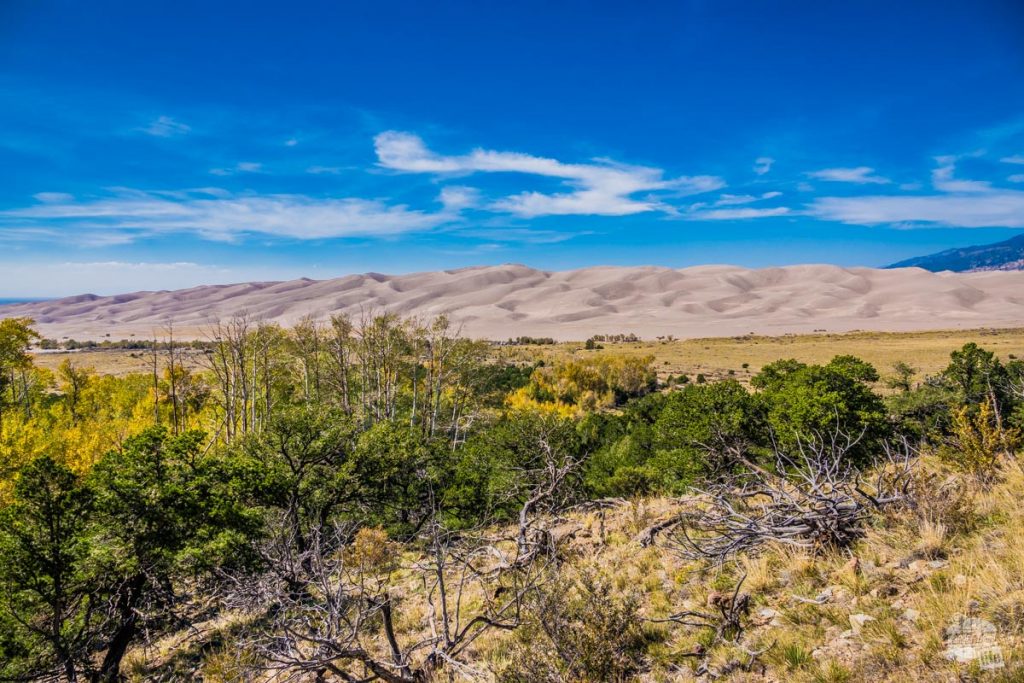
In the next picture, I zoomed all the way in from the exact same spot. I focused on folks walking in between the parking lot and dunes. These people are about 3/4 mile away from where I am standing!

As you can see, the RX10 is quite flexible in the lens department. That makes it the perfect companion on the trail. Most of the time when we are hiking, we are taking landscape shots. But, every once in a while, we find serious wildlife on the trail.
Additionally, the lens on the RX10 has a lower aperture than the SX40. Basically, the lens lets in more light, allowing for a greater variety of depth of field and flexibility in low light situations.

In the past, when I have used the SX40, I have gotten some really nice images. That said, I have to filter through a lot of them to get something worthy of processing. With the RX10, I consistently get really nice pictures, even in challenging conditions.
Cons of the RX10
The single biggest con against the RX10 is the price. The camera goes for around $1,700 as compared to around $500 for the SX70. That’s a huge price difference! This is definitely for someone who is serious about getting good pictures but does not want to carry a lot of weight or a large camera bag.
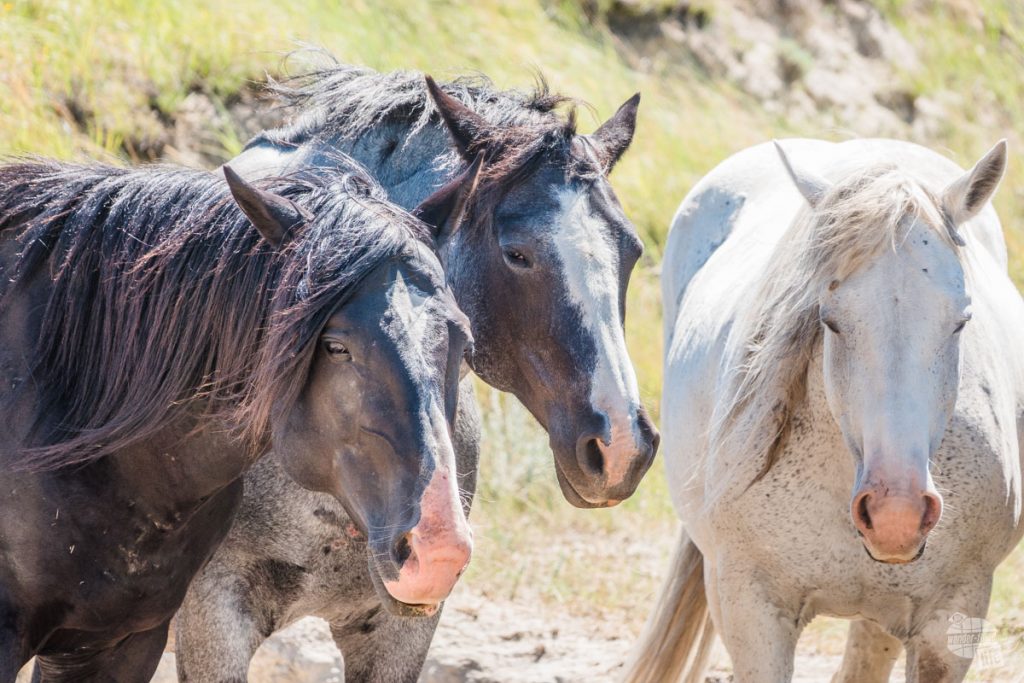
The other major con to this camera is the menu system. It’s complicated and not user friendly. Honestly, I highly suggest following a lot of Ken Rockwell’s suggestions in this user guide to the RX10.
Lastly, it does not come with a battery charger. Instead, the camera charges with a USB cable. I highly recommend purchasing an additional battery and travel battery charger with the camera. While I can make do with just USB charging, having a dedicated battery charger is far more useful. I always carry a second battery, so that allows me to charge both at the same time.

Cotton Carrier SlingBelt
Since the RX10 is a bit heavier than my SX40, I decided to look for an alternative to the sling strap I had used with that camera for years. I found it in the Cotton Carrier SlingBelt.
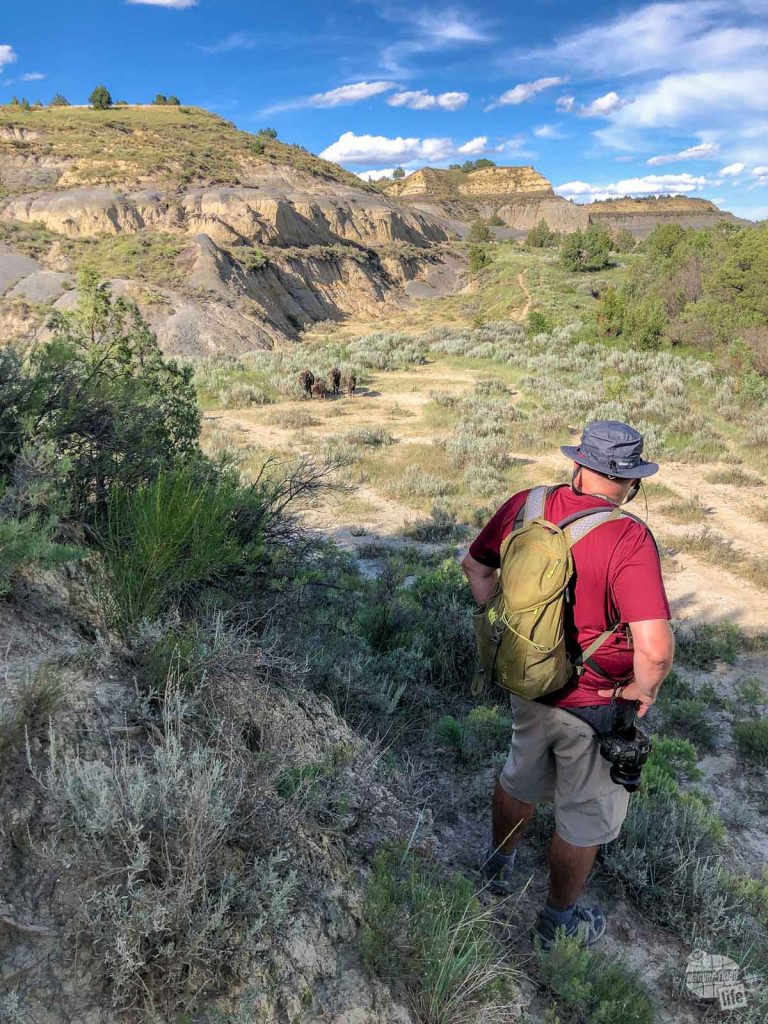
The SlingBelt is a combination of a padded waist belt that has a camera mount built into it and a shoulder sling. What makes this awesome for a hiker or travel photographer is it gets the camera off your neck/shoulder while you are walking around or hiking long distances and secures it to your hip.
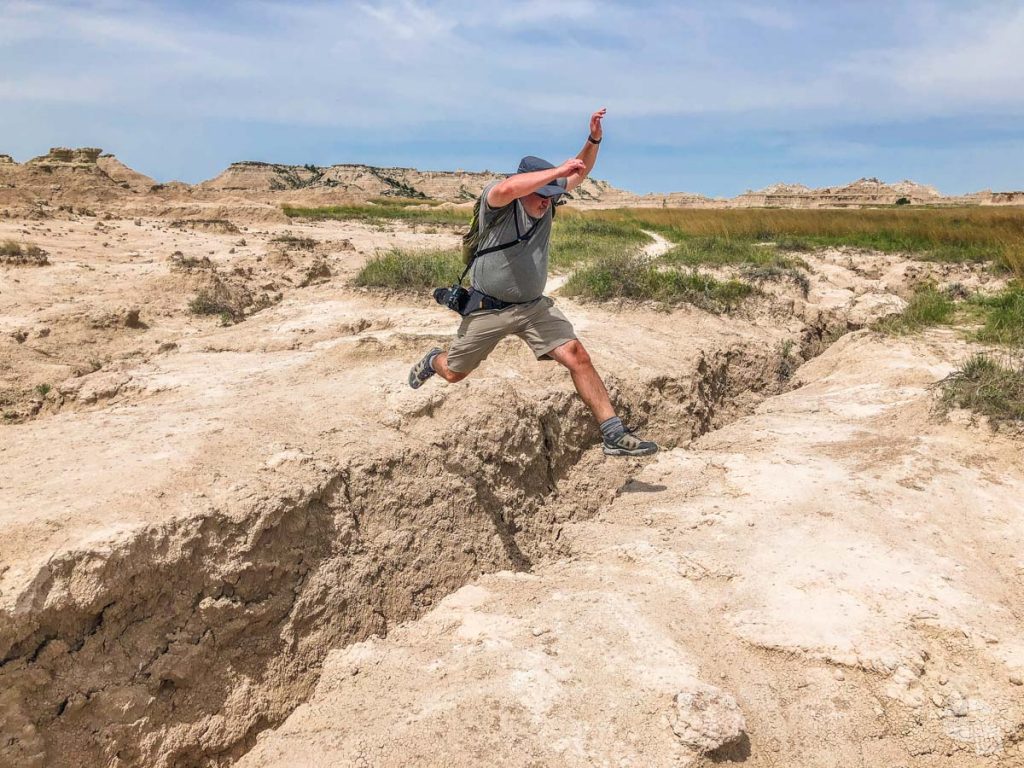
The cam system basically locks the camera into the mount until you turn the camera 90 degrees and pull it out. While it took a little getting used to, I found this to be an ideal setup for long hikes. I can easily hike for 10+ miles with the camera strapped to my hip and not really even feel it is there.
The cam, however, is the biggest con to this system. It attaches to the bottom of the camera to the tripod lug using a bolt that requires a supplied hex wrench. That makes it a little difficult to mount a tripod or monopod quickly.

The shoulder strap is OK when used by itself. Honestly, it needs to be readjusted if being used alone versus being used in conjunction with the belt to be comfortable. It just hangs a little too low when set for use with the belt.
It also comes with a waterproof camera cover for when it rains.
I highly recommend this system. If you decide to pick one up, be sure to use the code WANDERFILLED to get 10% off.
- SLINGBELT. Carrying your camera with heavy lenses can be tough, which is why photographers love our Slingbelt! Easily strap in your camera and go! Made with an adjustable hip belt and secure locking-mechanism, you can enjoy doing what you love without worrying about your camera.
Final Thoughts on the RX10
The RX10 is a compromise camera but even its compromises are expertly done. While it is pricey and has some user interface issues, the camera is so good as a travel camera I did not even take my 7D on my last road trip even though I had the room. I knew all things being equal, I would just grab the RX10.
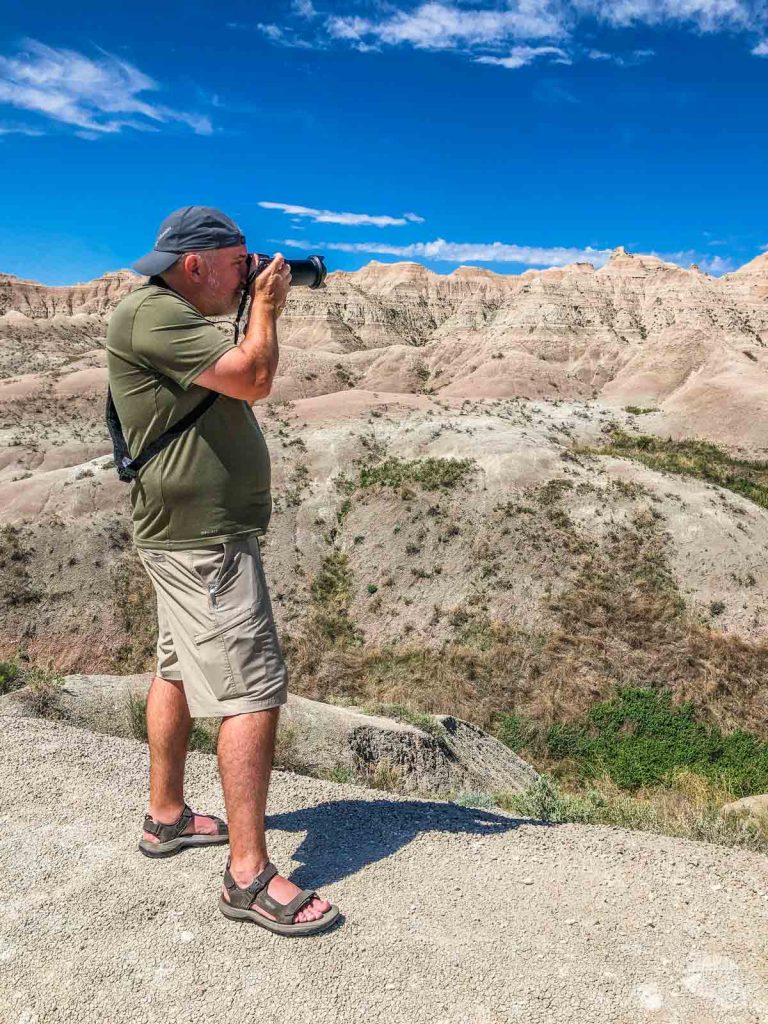
While I love shooting with the Canon 7D MkII and it is a great camera, when it comes to travel, it is simply too bulky and heavy.
If I were to have just one camera, the RX10 IV would be it.
- World’s Fastest AF acquisition speed of 0.03 sec. Optical image stabilization technology developed by Sony is valuable for handheld still and movie shooting, especially in low light or at the ultra-telephoto end of the zoom range up to 600 mm
- 315 phase-detection AF points covering Approx. 65% of the frame. Light etering mode- Multi pattern, centre weighted, spot (Standard/Large), entire screen average, highlight
- ZEISS Vario-Sonnar T 24-600mm3 F2.4-F4 ultra-zoom Lens
- 20.1 MP 1″ back Illuminated Exmor RS stacked CMOS sensor w/ DRAM. Dimensions (W x H x D) (CIPA) -5 1/4 x 3 3/4 x 5 3/4 inches, 5 1/4 x 3 3/4 x 5 1/8 inches (from front of lens to monitor). Weight-2 pounds 6.7 ounce (Battery and SDXC Card included) / Approx. 2 pounds 5.1 ounces) (Body Only)
- 24 Fps4 continuous shooting up to 249 frames with AF/AE tracking. Filter diameter:62 mm.
Travel Resources
What do you use to find a flight?
We use Skyscanner to find deals on flights. Skyscanner has a great interface and compares tons of airlines for the best pricing and routing. That said, it does not always have every airline and some airlines will have better deals on their website. Still, Skyscanner is a great place to start.
Click here to search for a flight.
What do you use to find a hotel?
We typically stay at Hilton properties, so we use the Hilton website. You can find good Hilton Honors discounts or AAA discounts for a hotel there. We make great use of our free night certificates from our Hilton Honors American Express.
Click here to book a Hilton property.
If there are no Hilton properties available, we use TripAdvisor to read reviews and book the hotel. We find we can get the best price that way.
Click here to search for a hotel.
We recently partnered with Stay22 to add interactive maps to each of our destination posts. This will allow you to see a plethora of hotels and vacation rentals all in one responsive map of the area.
What if I need more space than I can get at a hotel?
We use Vrbo for the times when we have rented a cabin for a weekend getaway, like this cabin in Townsend, TN, or needed to rent a house for a large family vacation. We had a great experience with them in terms of refunding deposits when COVID hit and will continue to use them.
Click here to search for a vacation rental.
Who do you use for rental cars?
As a general rule, we book with Hertz for rental cars. We have had nothing but good experiences with them. Plus, we really like unlimited mileage and not worrying about crossing state lines. We have even rented from Hertz overseas in both Slovenia and Croatia.
Click here to book a rental car.
How about booking a cruise?
We have found some amazing prices for booking a cruise through Cruise Direct. We have saved a lot of money on our cruises compared to what we found elsewhere, making a last-minute Bahamas cruise even cheaper.
Click here to book a cruise.
What if I want to rent an RV?
We highly recommend Outdoorsy for RV rentals. We rented a camper van for a week to visit Rocky Mountain National Park for the elk rut and Custer State Park for the Buffalo Round-Up and had a blast. The program was easy to use and we really enjoyed the freedom of having a camper van for that trip.
Click here to rent an RV.
What do you use for booking tours?
We don’t often book tours. Typically, we like to do stuff on our own. That said, there are some experiences you can’t have any other way. So, when we do want to book a tour, we always check Viator first.
Click here to book a tour.
Do you use anything to get discounts on the road?
We make extensive use of both Good Sam and AAA on the road. Good Sam is normally regarded as a discount card for RVers at campgrounds and Camping World but anyone can use the 5 cents off a gallon at the pump at both Pilot and Flying J.
Click here to get a Good Sam membership.
We have had AAA as long as we have been married and it has more than paid for itself in discounts at hotels, aside from the peace of mind of having roadside assistance. Add in paper maps and the ability to get an international driver’s license and it is more than worth it for any traveler out there.
Click here to get a AAA membership.





